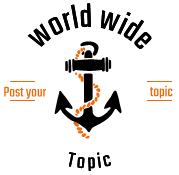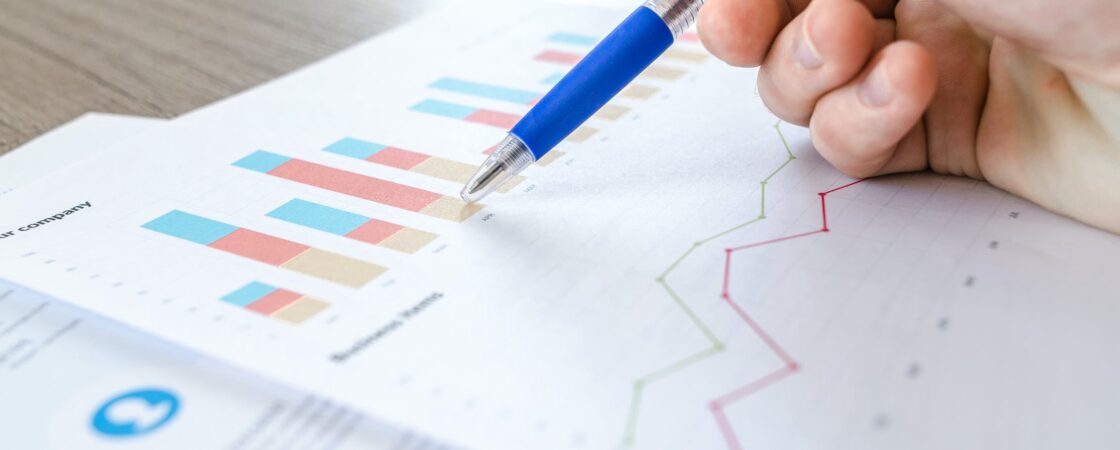The average businesses have substantially changed over the last few years, including the equipment used and the software. Data has become an integral asset for any organization’s growth as decision-making is primarily based on the data and information collected in huge databases. However, the data can only be useful if you know how to analyze and interpret it to find its insightful meaning. This is where statistical analysis becomes an utmost important tool. Many businesses rely on statistical analysis to organize their data to predict future trends. Let’s explore what is statistical analysis.
Statistical Analysis Meaning
Statistical analysis refers to collecting, exploring, and interpreting the data from a large database to uncover/discover patterns and trends that would help in decision-making. It is a component of data analytics. Statistical analysis is also useful for business intelligence organizations that work with large volumes of data.
Statistical Analysis Methods
There’s no denying the fact that the world is becoming more and more obsessed with big data, no matter whether you are a researcher or not. So it is essential to know where to start with the analysis of these data. Below mentioned are five basic yet effective statistical analytic methods to derive accurate data-driven conclusions from large data sets:
- MEAN: For statistical analysis of data, the most commonly used tool is the ‘mean’. It is popularly referred to as the arithmetic average.For calculating the mean of the data set, add up the numbers in the data set and then divide the sum by the number of items on that list.
- STANDARD DEVIATION: It is a statistical analysis method that measures the spread of the data around the mean.Standard deviation is generally used when you need to determine whether or not data are clustered. It is calculated by subtracting each data value from the mean of the data set, then calculating the square of the result, and then calculating the average of these results.
- REGRESSION: It is a statistical analysis tool determining the relationship between a dependent variable and an independent variable, i.e. the data you’re looking to measure, and the data used to predict the dependent variable. You can also explain how much one variable affects another. It suggests that the outcome is dependent on another variable or variables. Regression is essential for identifying trends of a data set.
- SAMPLE SIZE DETERMINATION: When dealing with an extensive data set, this tool is handy as it eliminates the need to collect the entire data universe. A sample does the job just as well. However, for a sample to be useful, the determination of the right sample size is crucial. The use of sampling saves time and resources without affecting the correctness of the analysis.
- HYPOTHESIS TESTING: This method assesses whether a certain argument or conclusion is actually true for the data set. A ‘statistically significant’ hypothesis testing confirms that the results couldn’t have happened randomly or by chance. Hypothesis tests are used in everything from science and research to business and economics.
Statistical Analysis Software
Statistical Analysis Software allows users to do complex analyses with ease by including various tools for organizing and interpreting the data sets and presenting that data. IBM SPSS Statistics, RMP, and Stata are some examples of statistical analysis software.
Statistical Tools For Data Analysis
To perform analysis of huge amounts of data, various statistical analysis tools are handy. This allows you to perform statistical analysis tasks with ease. You can categorize the statistical tools for data analysis into two classes:
- Graphical User Interface-based: Tools in this category largely allow descriptive and inferential statistics using the user interface elements.
- Microsoft Excel
- IMB SPSS (Statistical Package for the Social Sciences)
- SAS (Statistical Analysis Software)
- Tableau
- Programming-based: These tools will help one who wants full control of their analysis and knows the programming language.
- Revolution Analytic’s R
- Python
Data Science Course
Data science can be described as a mixture of mathematics, scientific methods, tools, algorithms, and machine learning techniques, which helps in mining knowledge from structured and unstructured data to make business decisions.
- Eligibility: The applicant must have a BCA/ B.Sc Statistics/ B.Sc Mathematics/ B.Sc Computer Science/ B.Sc IT./ BE or BT or any other identical degree from a recognized institution. He/ She must have achieved 50 per cent in the qualifying exam.
- Subjects: The main subjects in the data science syllabus include Statistics, Coding, Business Intelligence, Data Structures, Mathematics, Machine Learning, Algorithms.
A few of the popular courses, including pg diploma in data science courses, available are;
- CS109 Data Science
- Python for Data Science and Machine Learning Bootcamp
- Machine Learning A-Z: Hands-On Python & R In Data Science
- Post Graduate Program In Data Science
- Data Science Specialisation
- Introduction to Data Science
Conclusion
Statistical analysis allows examining the data using certain methods and translates the patterns observed for further development in different fields of science, technology, and business. Jigsaw Academy offers a post-graduate diploma in data science which can earn you a certificate and help you to move ahead in your career.




